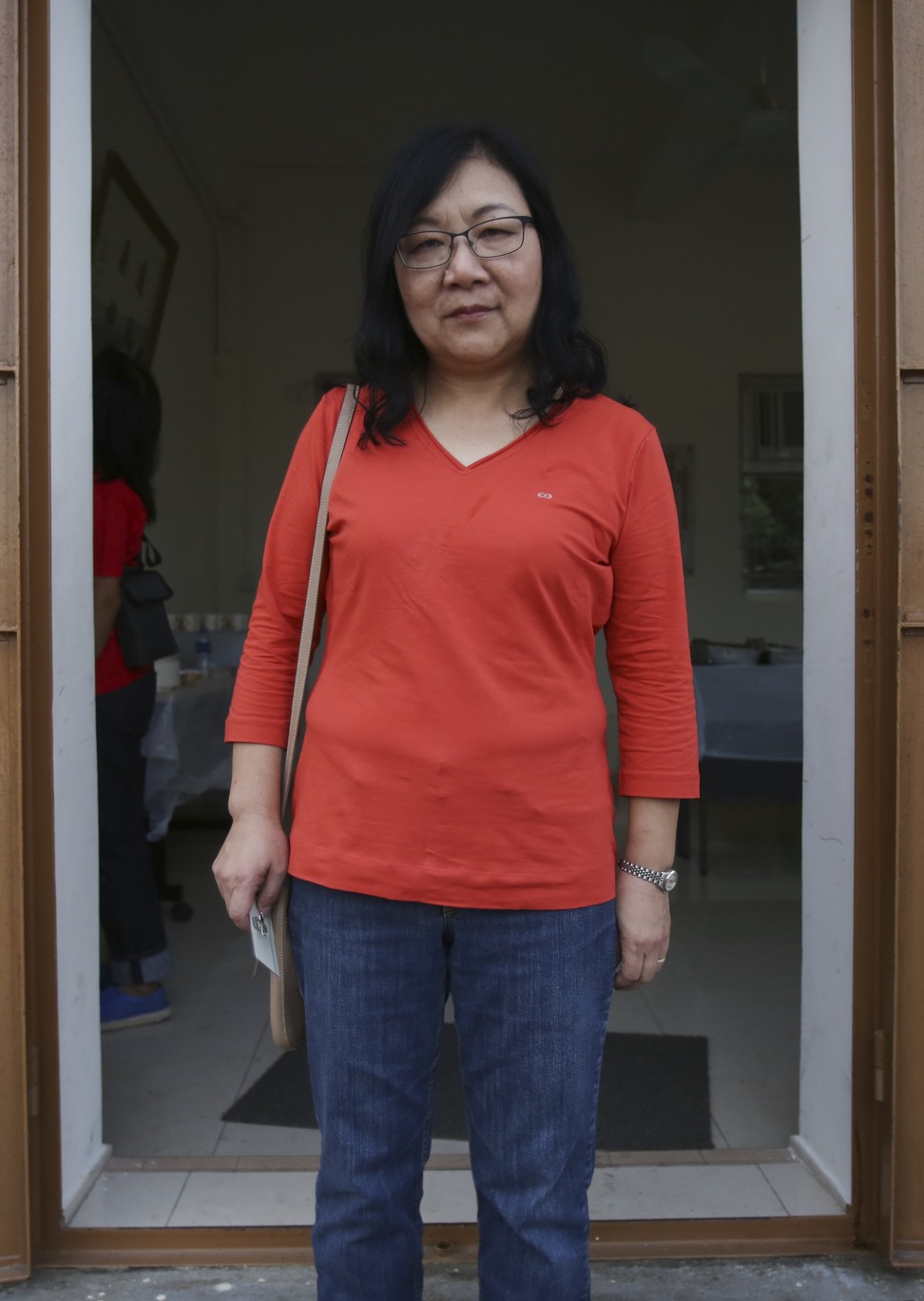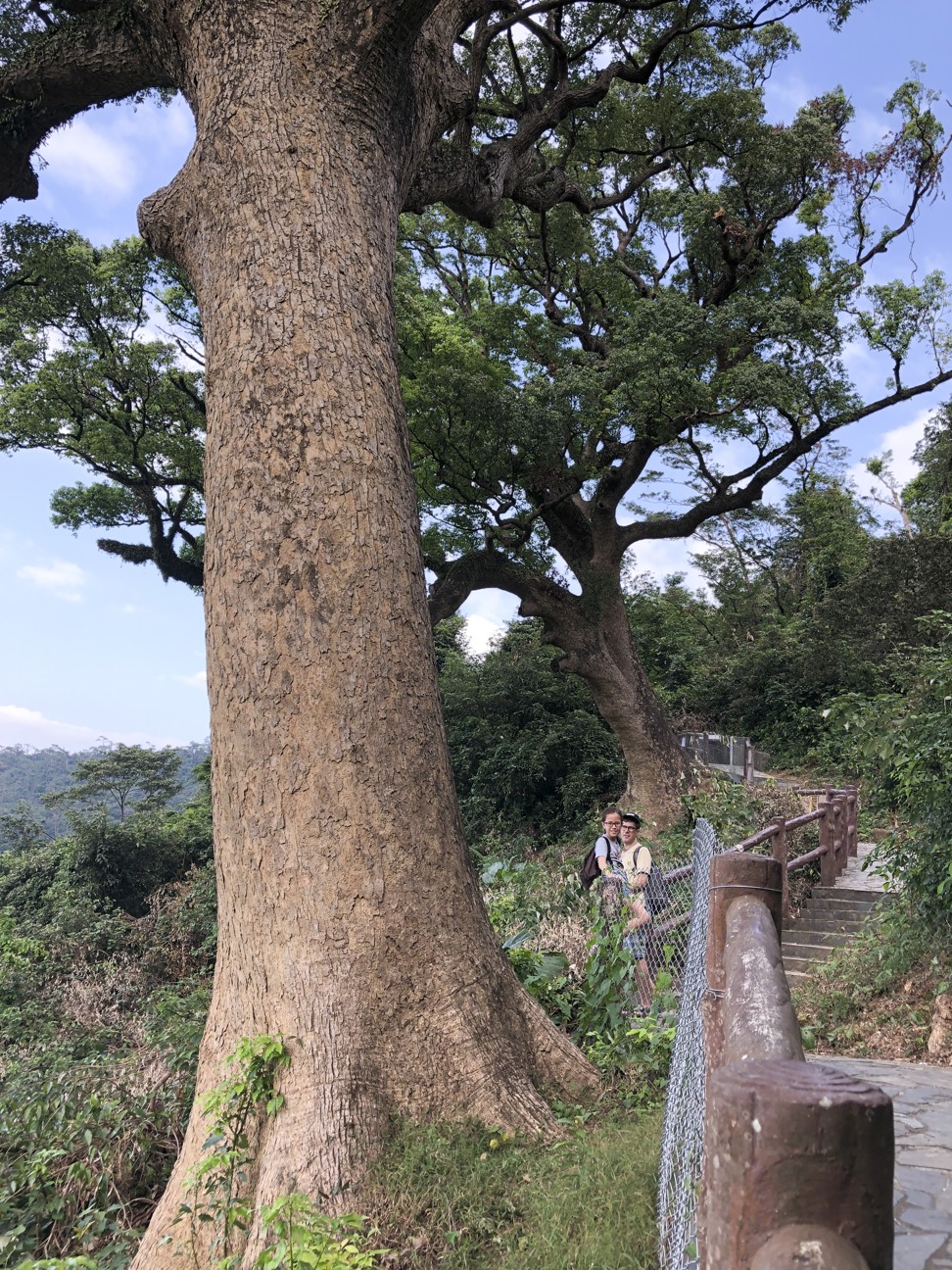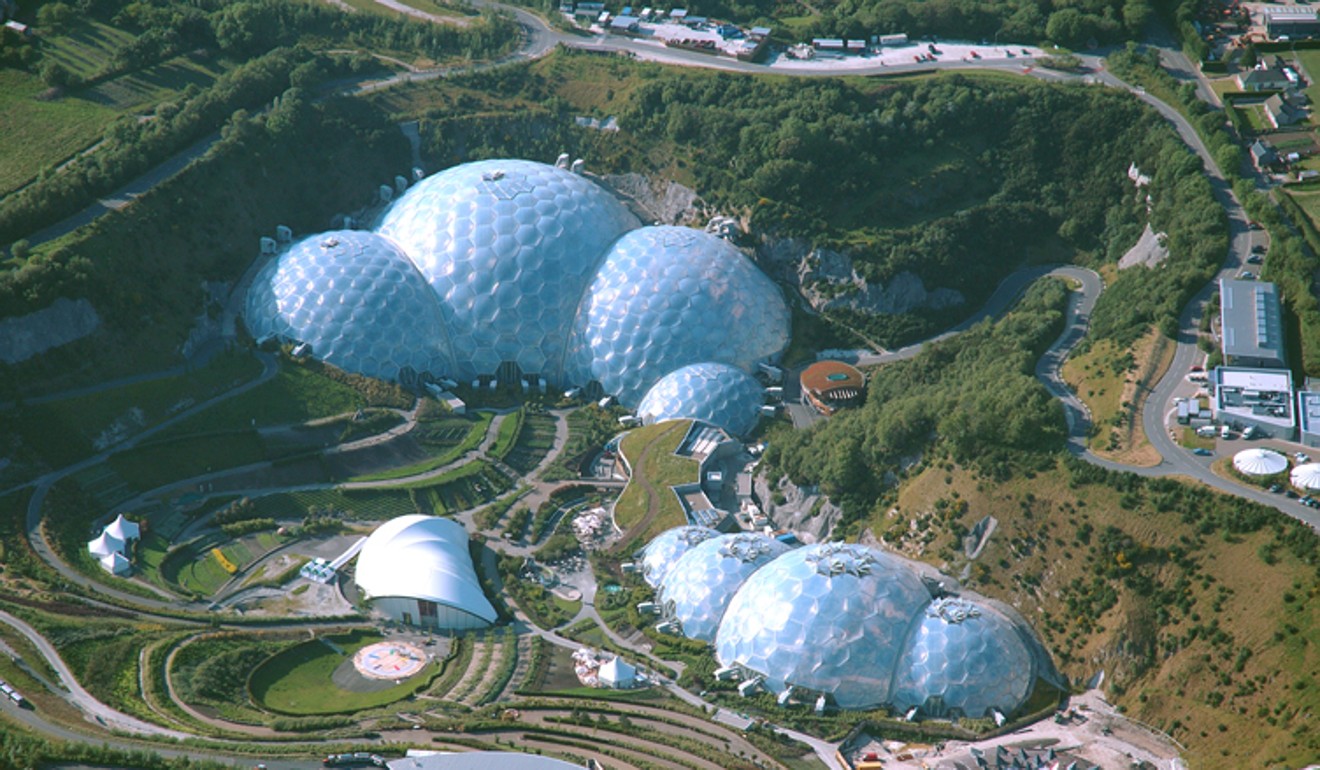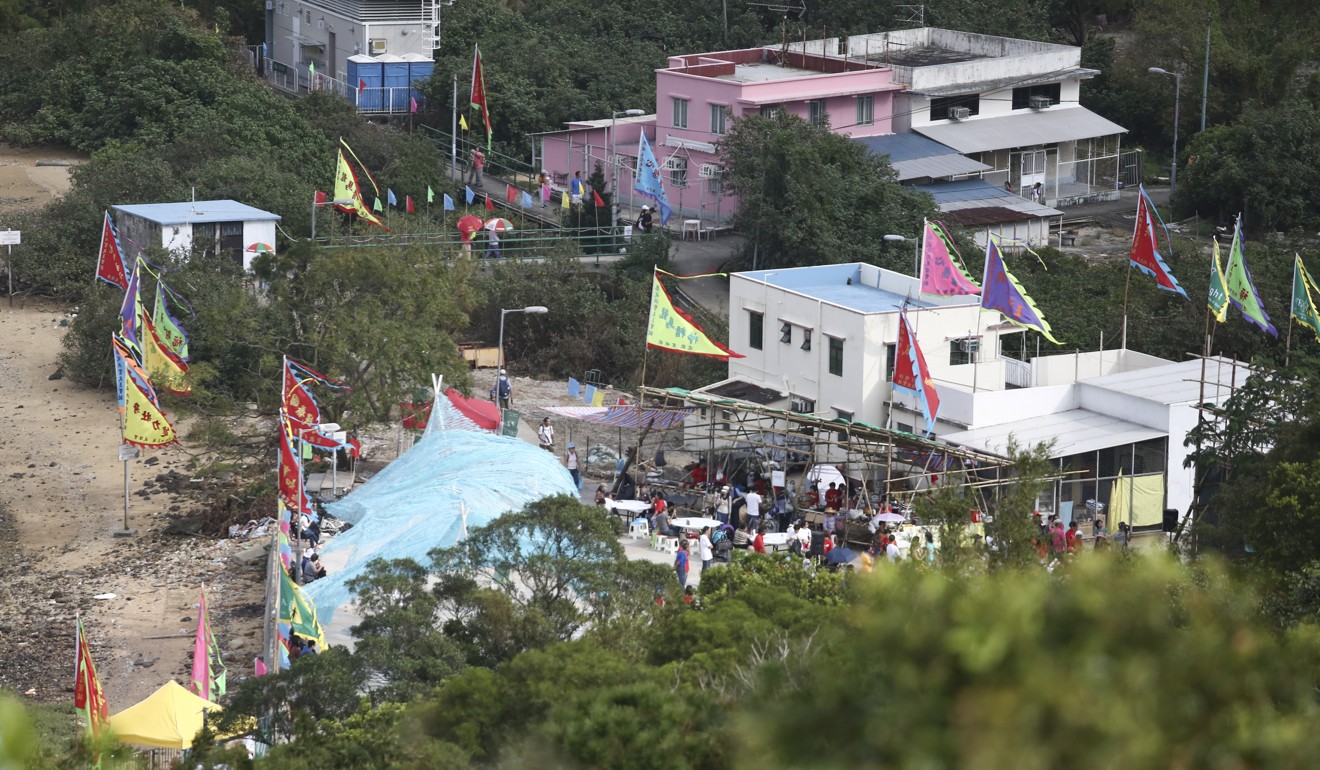
Flight Festival held in shadow of Hong Kong airport to save dying Sha Lo Wan village
- Sha Lo Wan was a sleepy village in a peaceful location, until Hong Kong International Airport was built 200 metres away
- The UK’s Eden Project and Absolutely Fabulous Theatre Connection collaborated on a festival there
The emptying out of Sha Lo Wan began well before Hong Kong International Airport opened on its doorstep 20 years ago.
Descendants of farmers and fishermen moved away when industrialisation took off in the 1950s. In the 1960s, small-scale quartz mines in this part of northern Lantau Island ceased operation, further decimating a population that used to number well over 1,000. The constant roar of jet engines from the runway around 200 metres away literally sounded the death knell of the now 300-year-old village. And the noise will only get worse when the third runway gets built.
Hong Kong arts hub to push boundaries on what can be shown
“The government thinks that the noise level makes Sha Lo Wan unfit for human habitation. It is very hard to get approval for new village houses or even the rebuilding of derelict properties,” says the village chief Carroll Li. Today, only around 50 people live there.
This somewhat dystopian setting is not where you’d expect to find an outdoor festival celebrating the arts, science and nature, and least of all, the involvement of the UK’s Eden Project – that vision of paradise in Cornwall best known for its giant, transparent domes housing the world’s biggest indoor forests.

But having Flight Festival in a place that is seemingly at the end of the road is part of a message of hope that the organisers want to inspire, says Lynn Yau, the indefatigable chief executive officer of Absolutely Fabulous Theatre Connection (Aftec).
The local non-profit theatre and arts education organisation has a special relationship with Sha Lo Wan. Its co-founder Vicki Ooi has a weekend home here and the group supports the village’s spirit of never say die.
The place still looks lovely. If you block your ears and stand with your back to the airport, the village square with a charming Tin Hau and Hung Shing temple makes a welcoming gateway to the verdant cluster of low-rise houses built at the foot of Lantau’s soaring mountain ranges.

Apart from Sha Lo Wan’s airport lookout, the other famous sight in the village is a giant pair of 1,000-year-old camphor trees that dwarf everything else near their precipitous hillside home. This has got to be a nicer place to live than Hong Kong’s nano flats, Li argues.
“People lived in Kowloon City despite Kai Tak Airport. So why can’t more people be allowed to live here?”
Xu Beihong exhibition marks centennial of China’s Central Academy of Fine Arts
In 2016, Aftec’s team wrote to Eden Project suggesting the idea of doing not just a green-themed festival, but one that encourages cross-disciplinary thinking and creative leadership when addressing all the big environmental problems that the world faces.
Jane Knight, a senior member of Eden Project’s international expansion team who lived in Hong Kong in the 1990s, came for a recce and reported back to chief executive officer David Harland that there was something about this extreme location that echoes the founding principles of the Eden Project.

“Twenty years ago, we took over a clay mine at the end of its life, a place that was poisoned, sterile and derelict, and turned it into the Eden Project.
“We did that because we believe the world needs demonstrators and provocations to make people realise there is still hope and that they can do great things together.
Sha Lo Wan is a local example of that. We have got people together from the arts and sciences to run workshops and performances in this place which, really, has lost all hope. If we can do it here, if we can bring back community and give Sha Lo Wan a new lease of life, it is a great story,” he says.

It also chimes with Eden Project’s broader strategy of spreading its programmes all over the world through partnership, Harland says. It is helping to build a sustainable pavilion for Dubai’s Expo 2020. Also in 2020, the first of three Eden Projects in China will open in Qingdao, featuring the world’s biggest indoor waterfall.
The first edition of Flight Festival opened on November 3 and is held over two consecutive weekends, supplemented by off-site training courses that the Eden Project team is running at local schools. On November 10 and 11, there will be drama, dance and music performances, art and science workshops for young people, and visual art installations throughout the day. A regular ferry runs from Tung Chung New Development Ferry Pier and the journey takes about 10 minutes.
This isn’t just a one-off for Eden Project, Harland says. “We want to make Flight into a special festival over the next five years. We see this as a very worthwhile project and we want to galvanise more people to get behind this, create a reason to visit Sha Lo Wan and make this a demonstrator of what a community can achieve,” he says.

